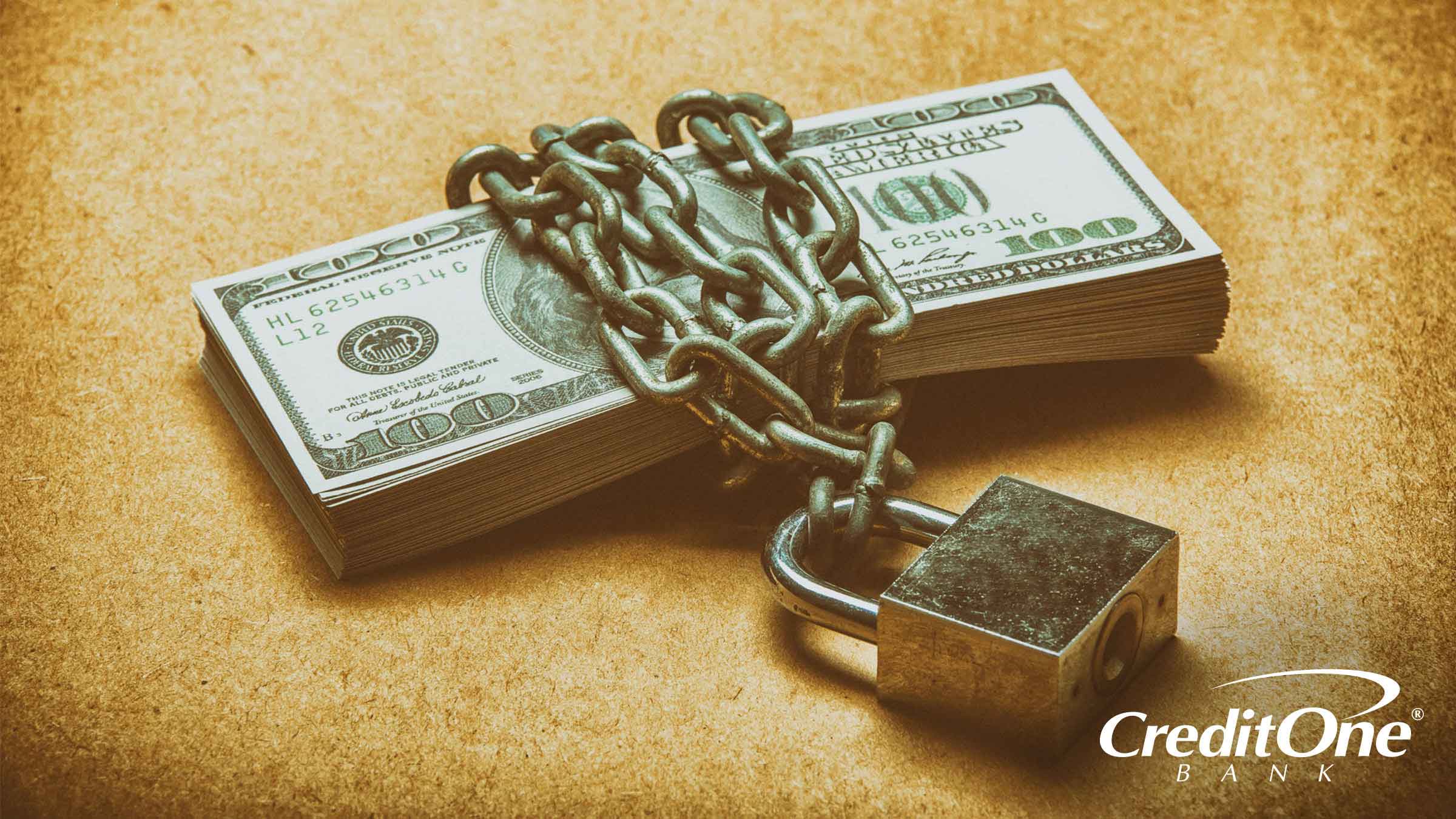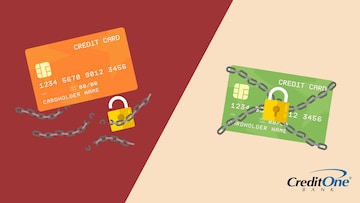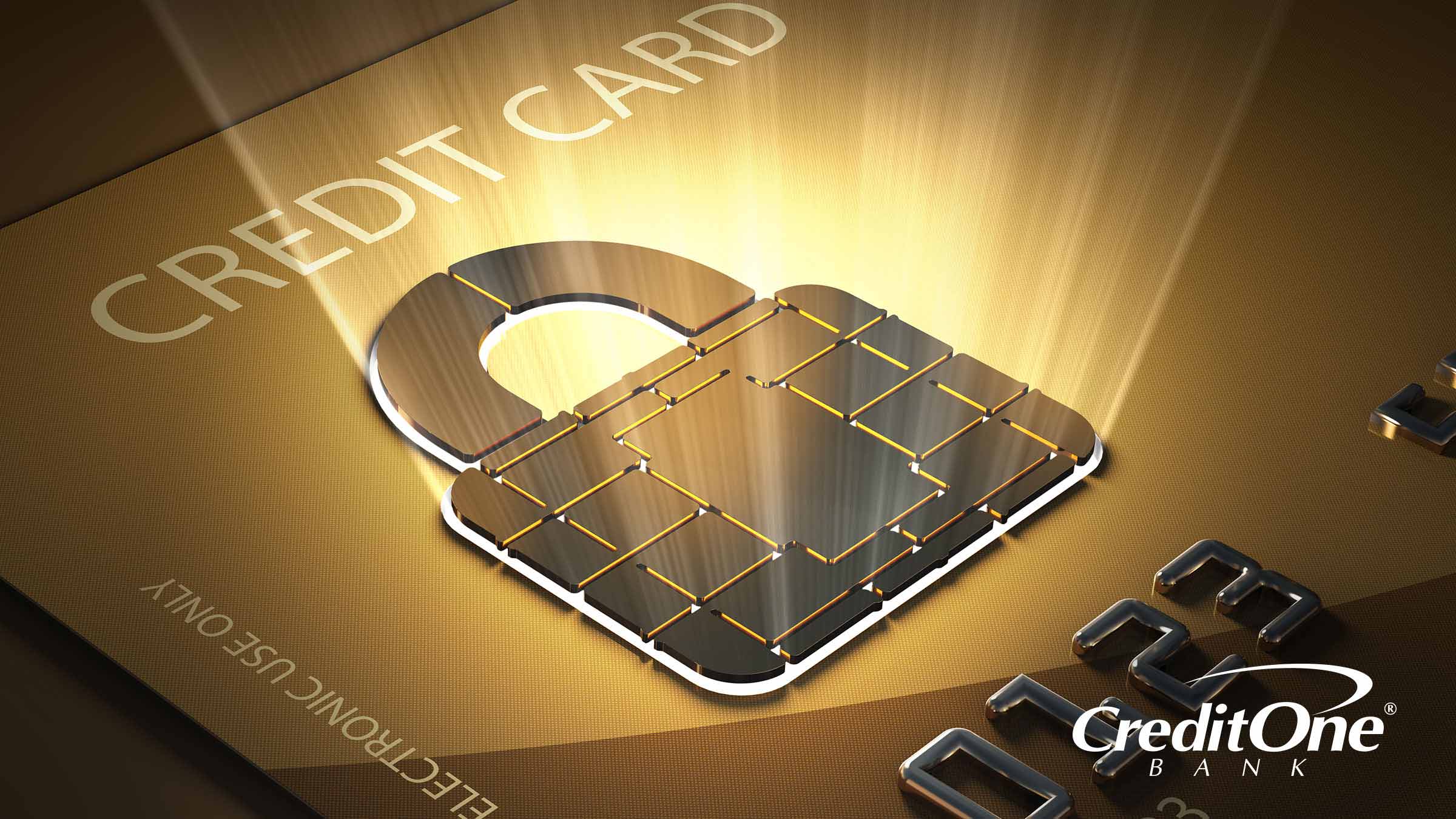A secured credit card is a good way for those with little or no credit history to build credit. But there’s one major difference between a secured and an unsecured, or traditional, credit card. A secured credit card requires that some security, or collateral, be tied to it to minimize the card issuer’s risk. This collateral is in the form of a monetary deposit, which the card holder is required to make before they can start using a secured credit card. This deposit is typically equal to the credit limit of the secured credit card.
“If you’re making charges with the credit card that are covered by money you’ve already given the card issuer, isn’t a secured credit card basically a debit card?” you might ask.
Good question, but, no, it isn’t.
There’s one big difference between a debit card and a secured credit card. With a debit card, the money for any purchases you make is automatically deducted from your bank account. But, with a secured credit card, it’s up to you to make payments on the card for your purchases. And that’s one of the major reasons to get a secured credit card—to make consistent, on-time payments for your purchases to help you build a positive credit history. Your security deposit is there just in case and shouldn’t get touched unless you fail to pay back the card issuer for your purchases. If that’s the case, then the card issuer can use your security deposit for reimbursement.
Since it’s the security deposit that differentiates a secured credit card from an unsecured card, let’s take a closer look at that deposit.
The Amount of a Security Deposit
Theoretically, the amount of a security deposit on a secured credit card could be for any amount. In reality, however, the minimum amount of a security deposit is typically $200. Some secured cards let you select your deposit amount, which will then likely also be your credit line, while other cards offer only pre-set limits.
While your initial credit line is usually equal to the amount of your security deposit with a secured credit card, that’s not always the case. Certain secured cards may offer you a credit line that’s higher than your deposit if the card issuer is willing to assume more risk. You may also be extended a higher credit line by the card issuer once you’ve demonstrated that you can be counted on to make consistent, on-time payments. But, if you’re just starting out with a secured credit card, expect your credit line to be equal to your security deposit.
When Do You Have to Make a Security Deposit?
Just like with an unsecured credit card, applying for a secured card involves filling out an application, in which you’ll provide personal and financial information such as your Social Security number and your income. You’re typically asked to submit a security deposit at the time you apply for the card, and because the card issuer gets your deposit up front, approving you for the credit card is typically a formality. That’s because, with your security deposit in hand, there’s very little risk for the card issuer.
Some secured credit cards allow you to apply and then wait to make your security deposit until after you’ve received the credit card. Then you will be required to make the deposit in order to activate the card.
Do You Get Your Security Deposit Back?
In most cases and with most secured cards, you should get your deposit back. Typically, you’ll get your money back once you’ve closed the account and any outstanding balance has been paid in full. You should also get your deposit back if you convert your secured credit card to an unsecured card with the same card issuer.
But don’t expect to get your deposit back if the card issuer closes your account for nonpayment and has to use the deposit as payment. In that case, the card issuer will likely close your account, you’ll lose your deposit, and your credit score will probably take a hit. You will have also squandered an opportunity to build a positive credit history, which, as mentioned, is one of the main reasons to get a secured credit card in the first place.
The precise timing and terms of when, if, and how your security deposit should be refunded should be spelled out in your cardholder agreement.
By minimizing a card issuer’s risk, a security deposit is what makes a secured credit card possible for people with bad or not enough credit to qualify for an unsecured credit card. Think of the deposit as an investment in your credit future. If you invest your deposit into a secured credit card and then use that card wisely, building a positive credit history, you should be rewarded down the line with the opportunity to move up to an unsecured credit card and get your deposit back.
Curious to see if you Pre-Qualify for a Credit One Bank credit card? Find out in less than a minute—without harming your credit score!
After realizing he couldn’t pay back his outrageous film school student loans with rejection notices from Hollywood studios, Sean focused his screenwriting skills on scripting corporate videos. Videos led to marketing communications, which led to articles and, before he knew it, Sean was making a living as a writer. He continues to do so today by leveraging his expertise in credit, financial planning, wealth-building, and living your best life for Credit One Bank.




